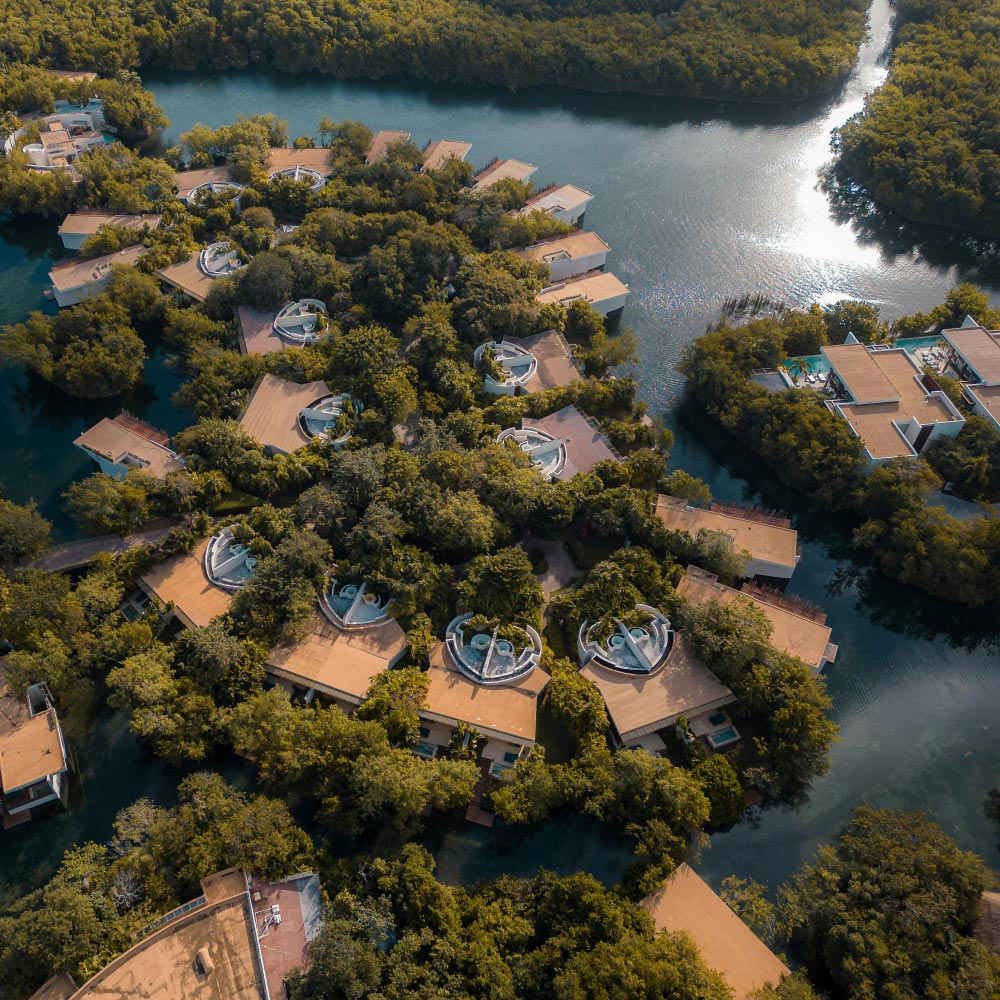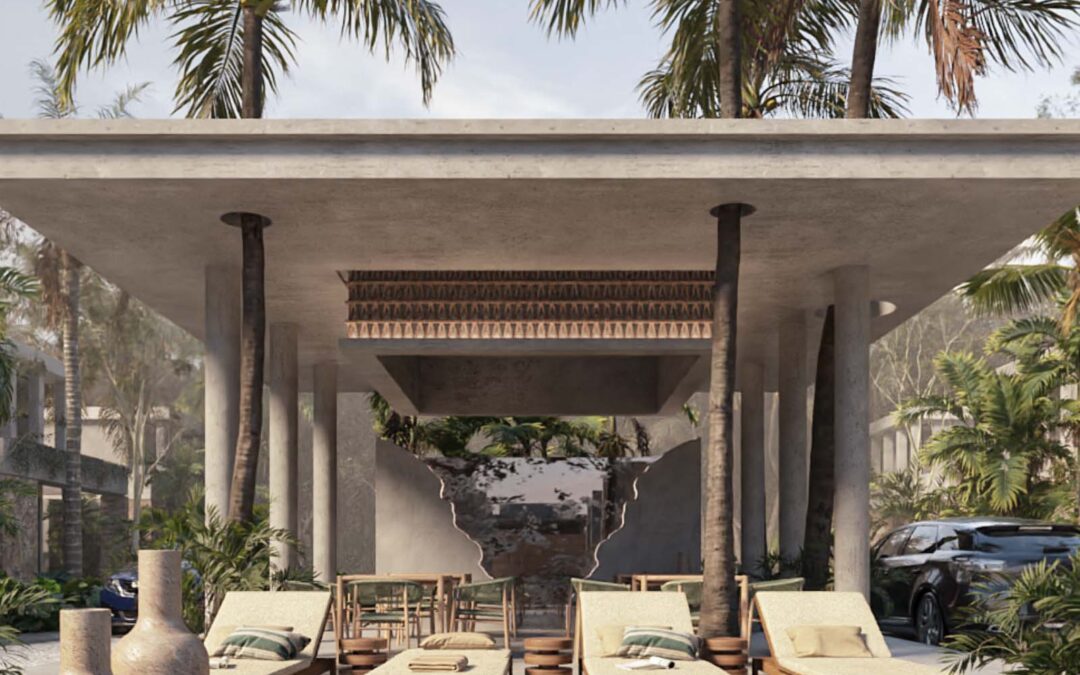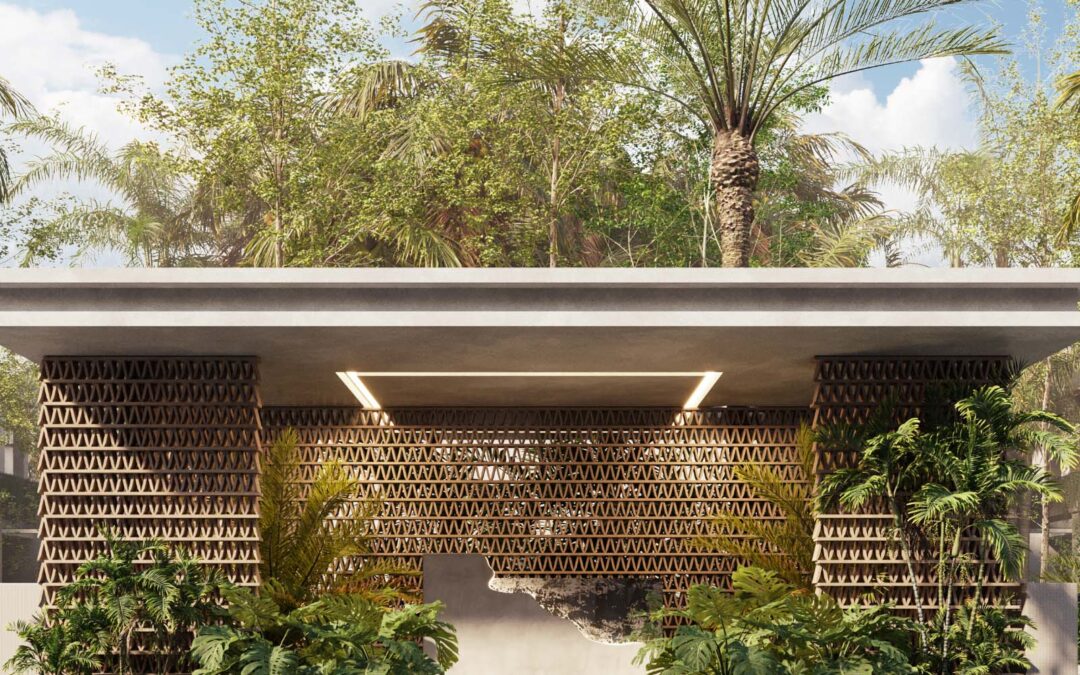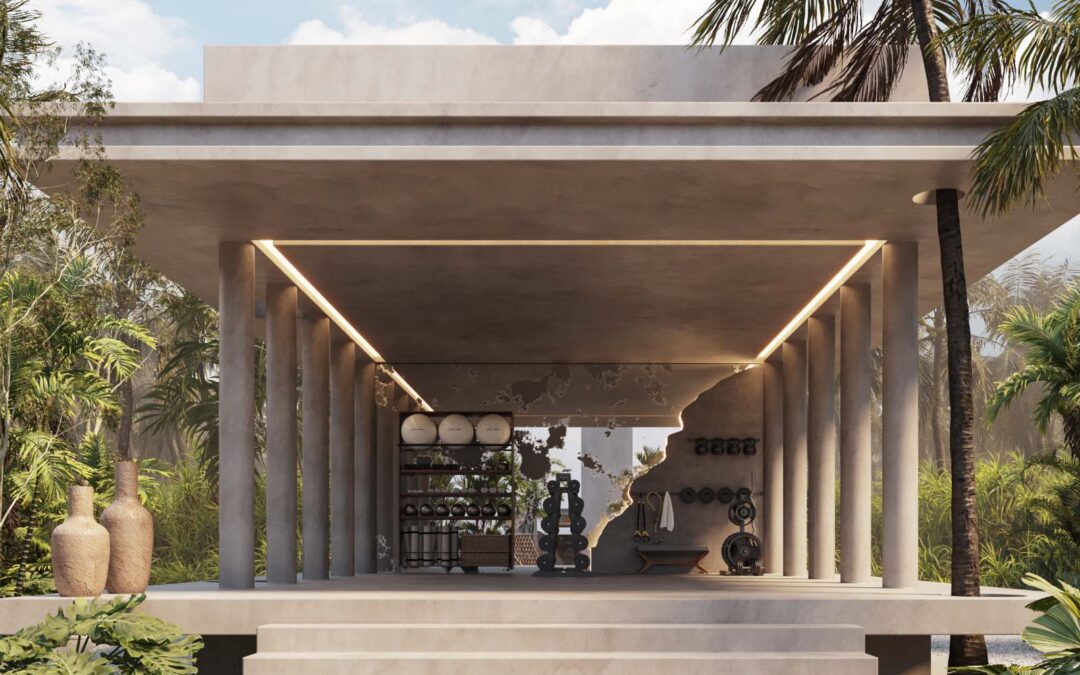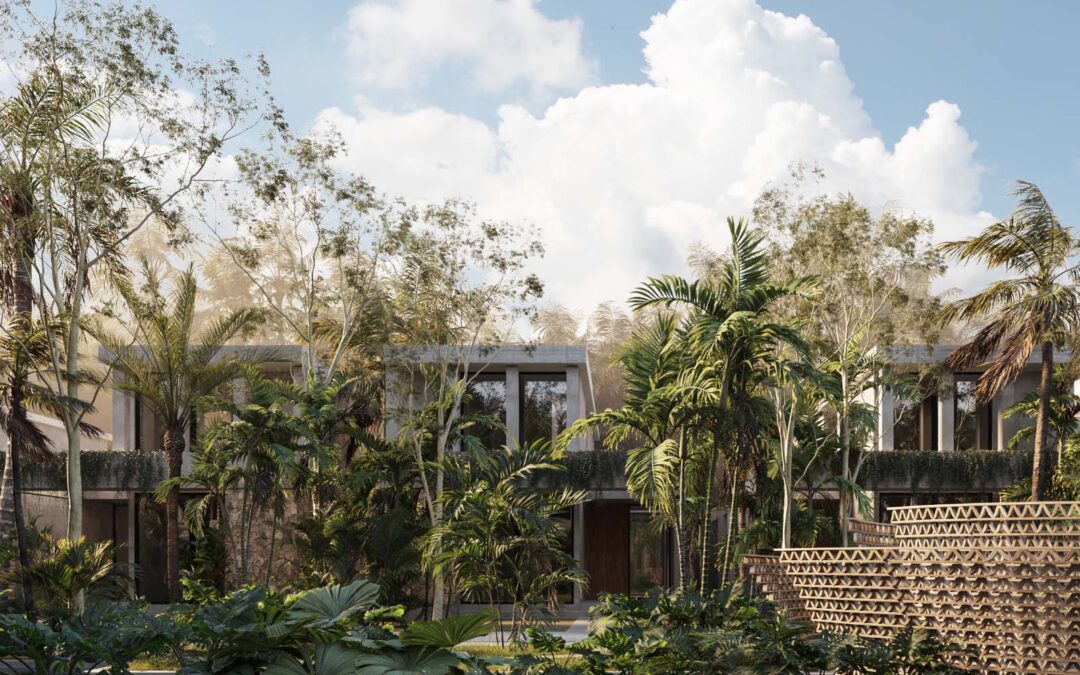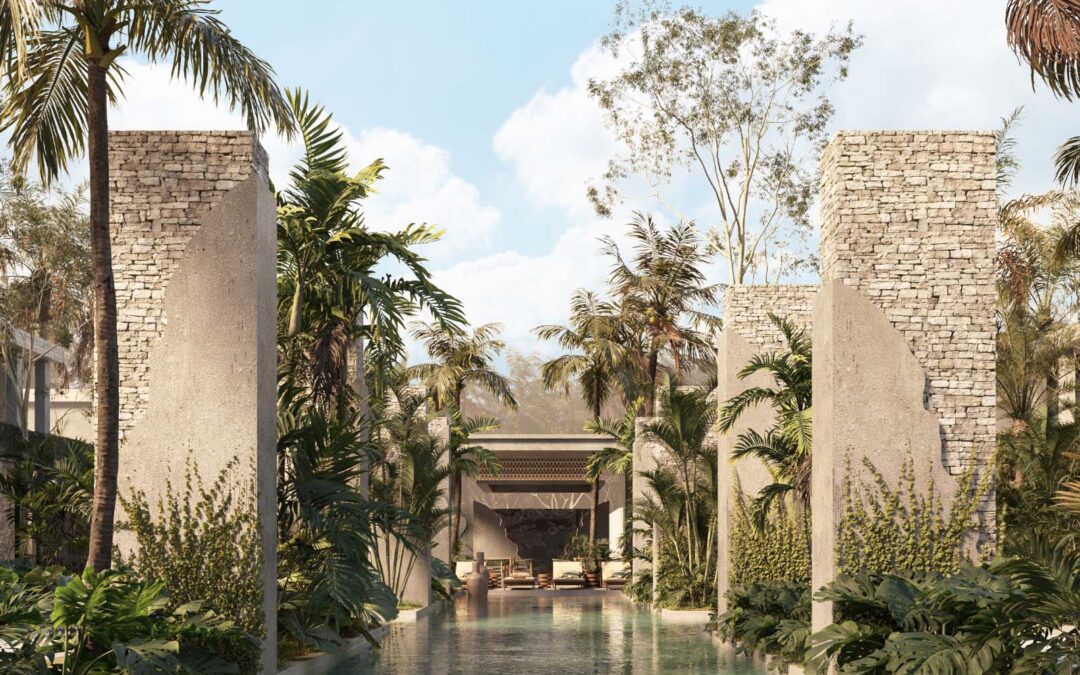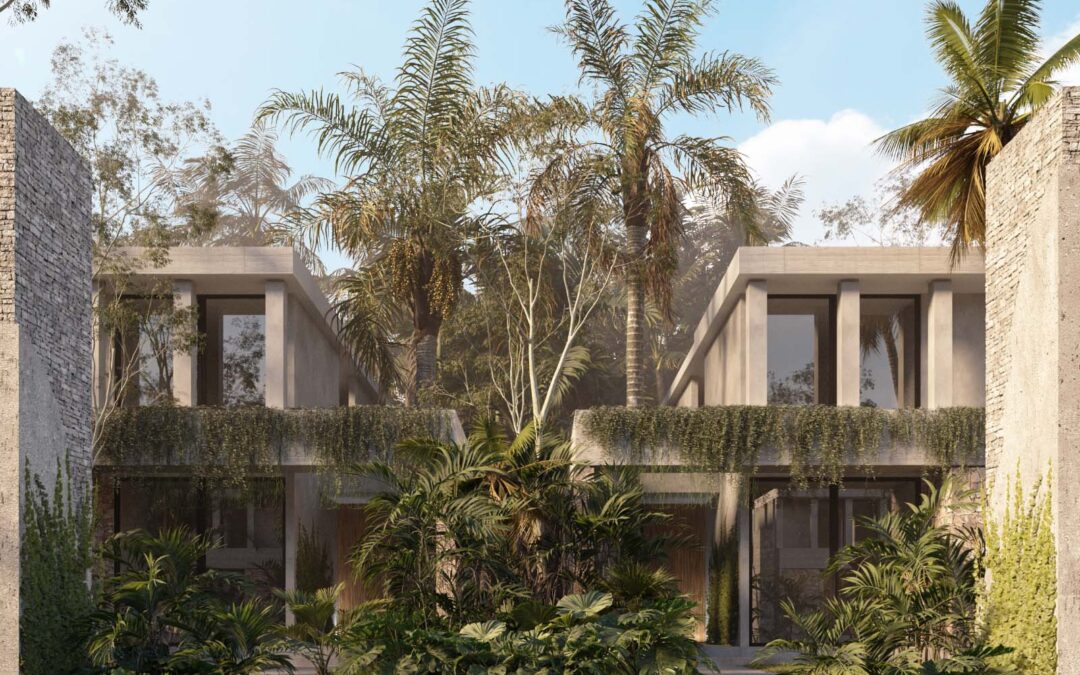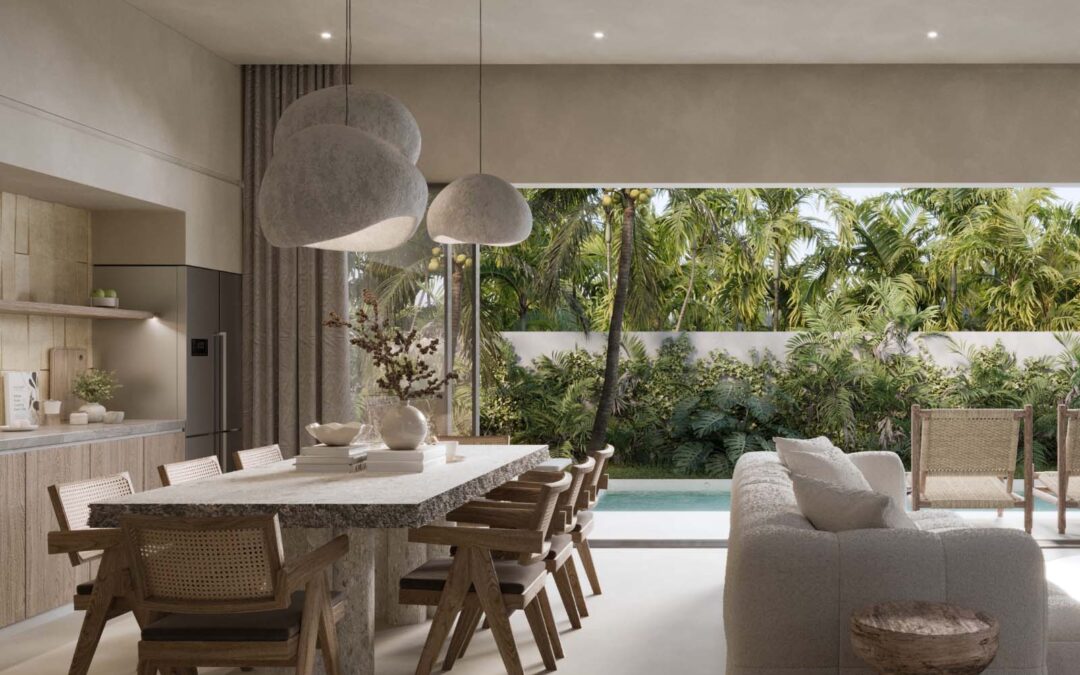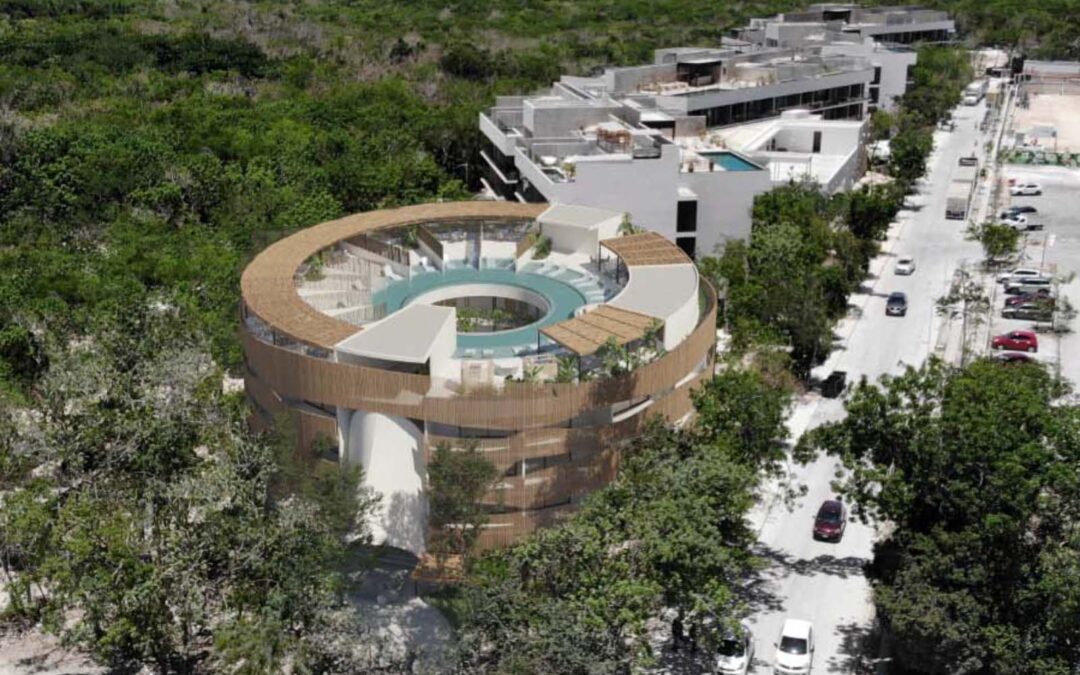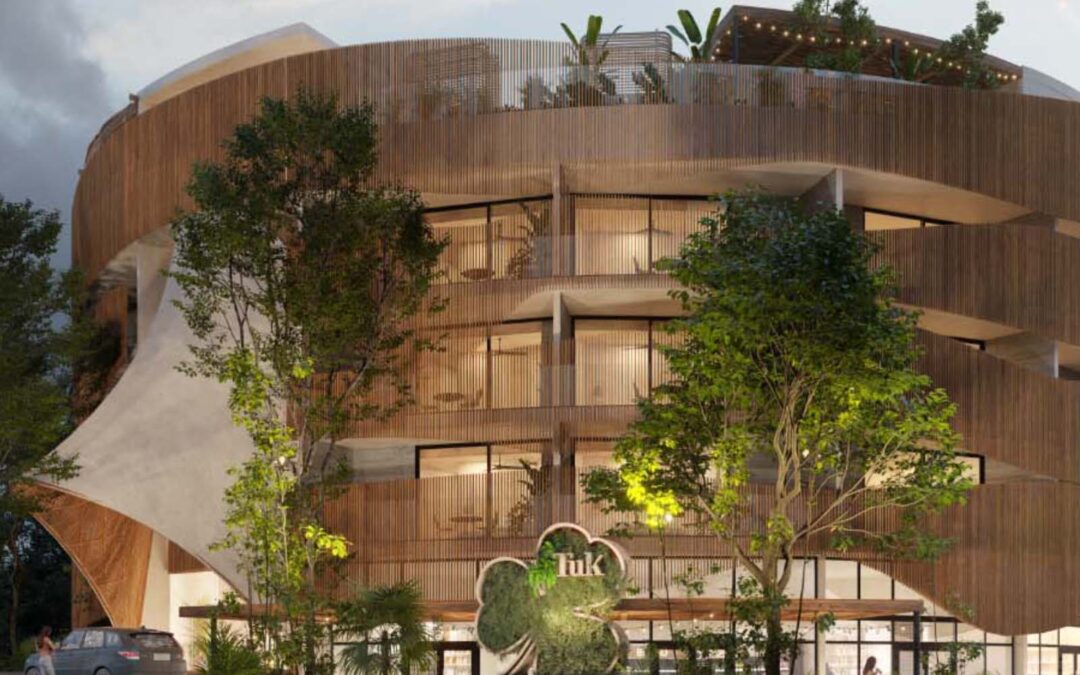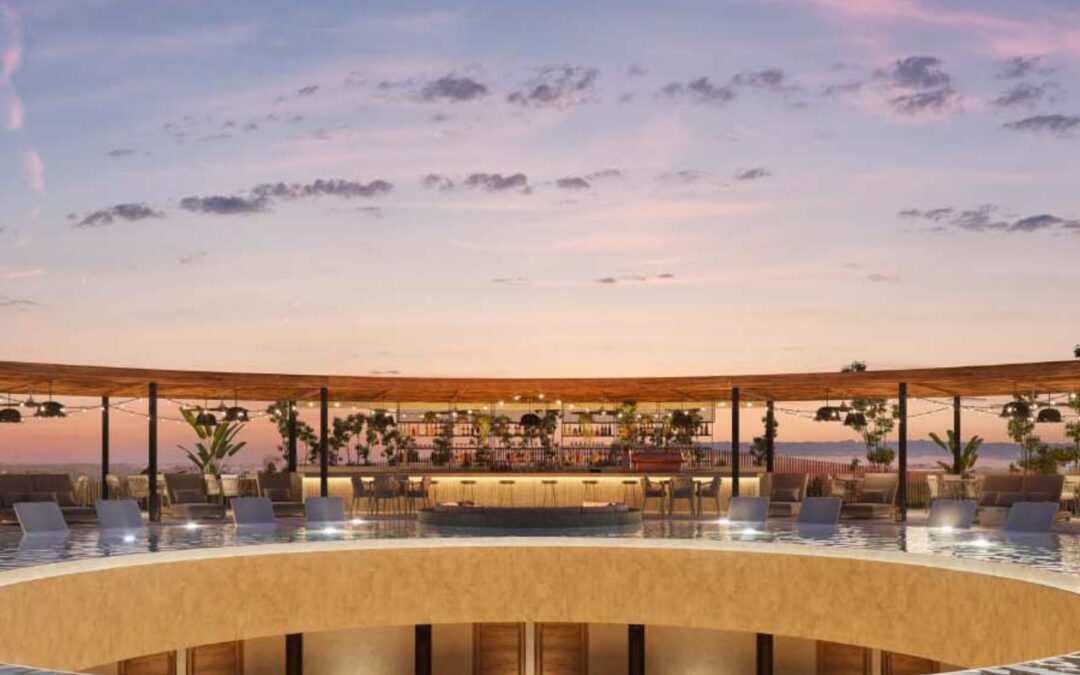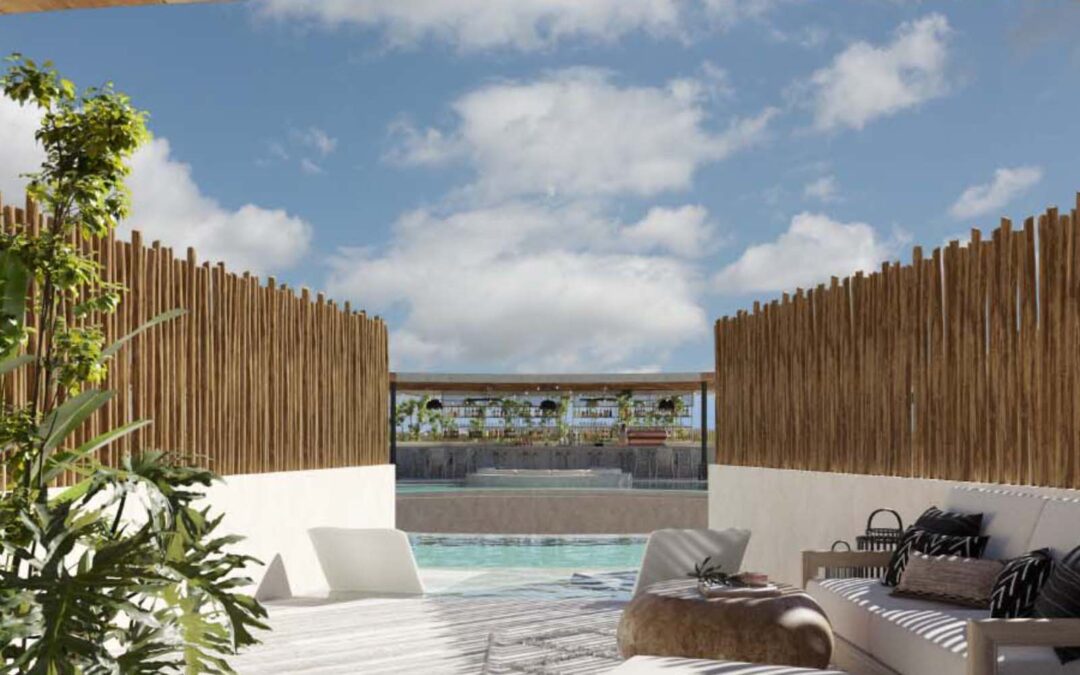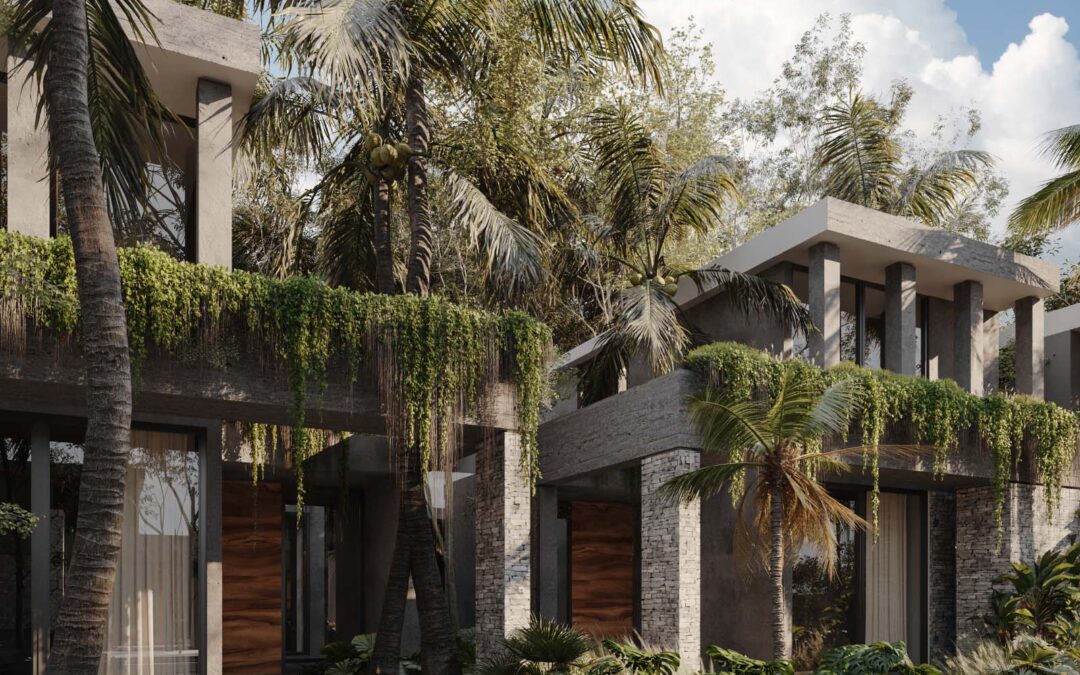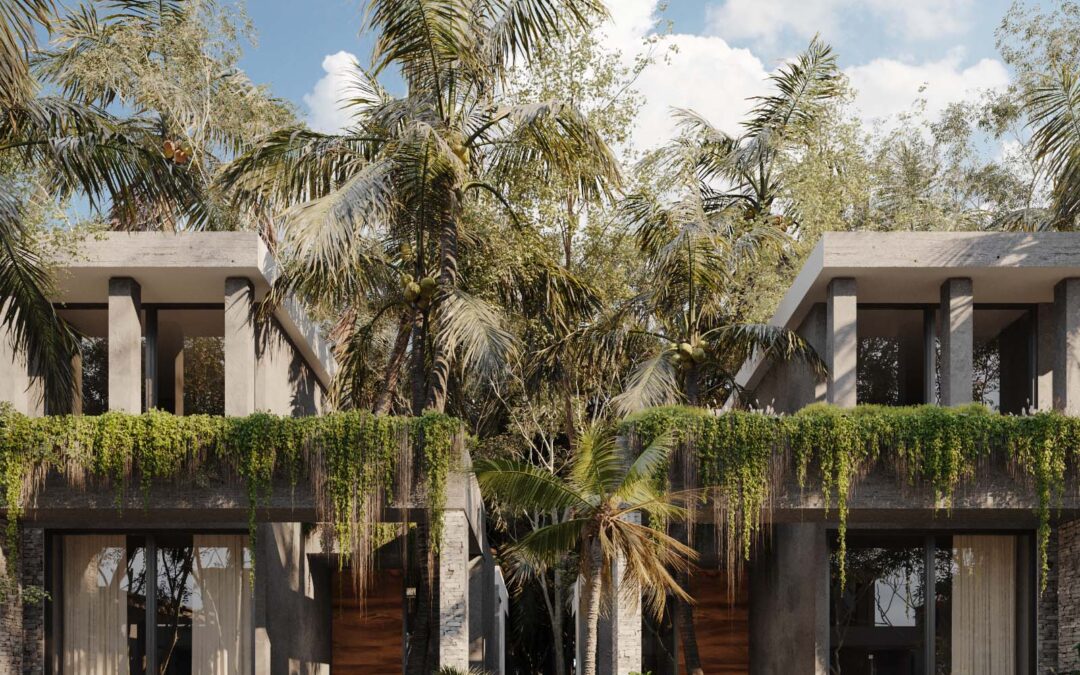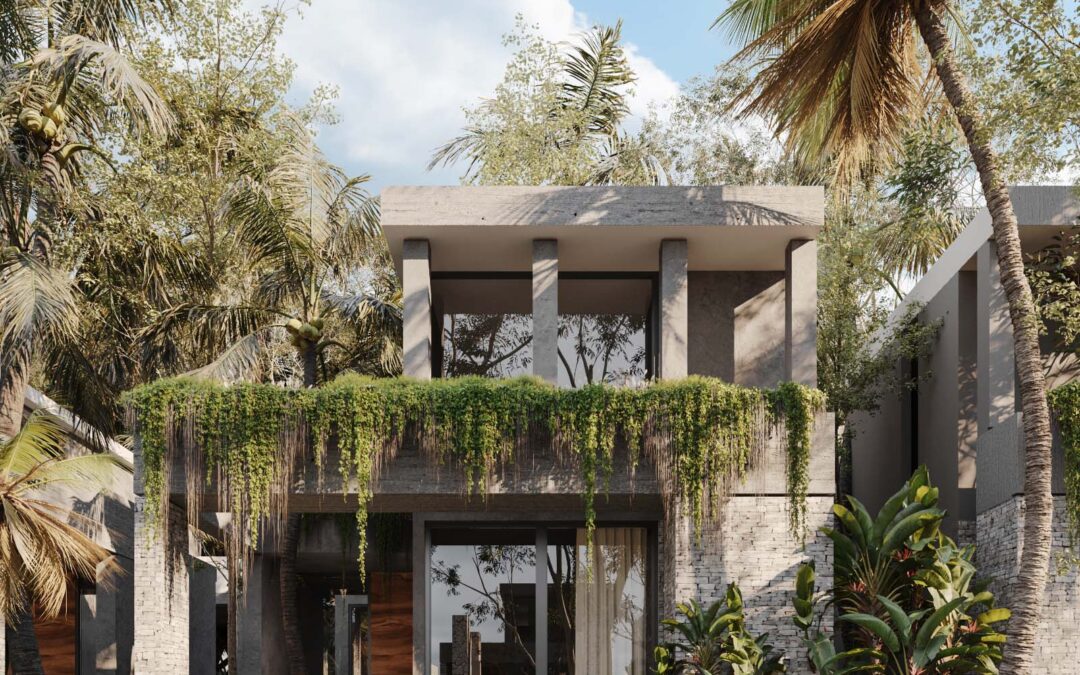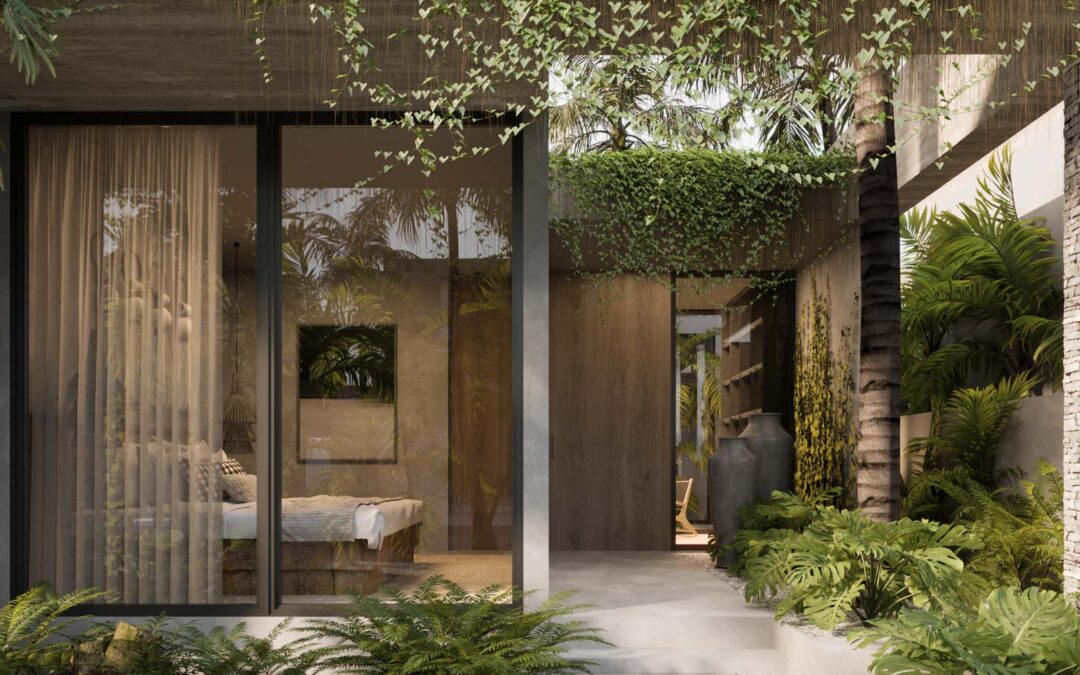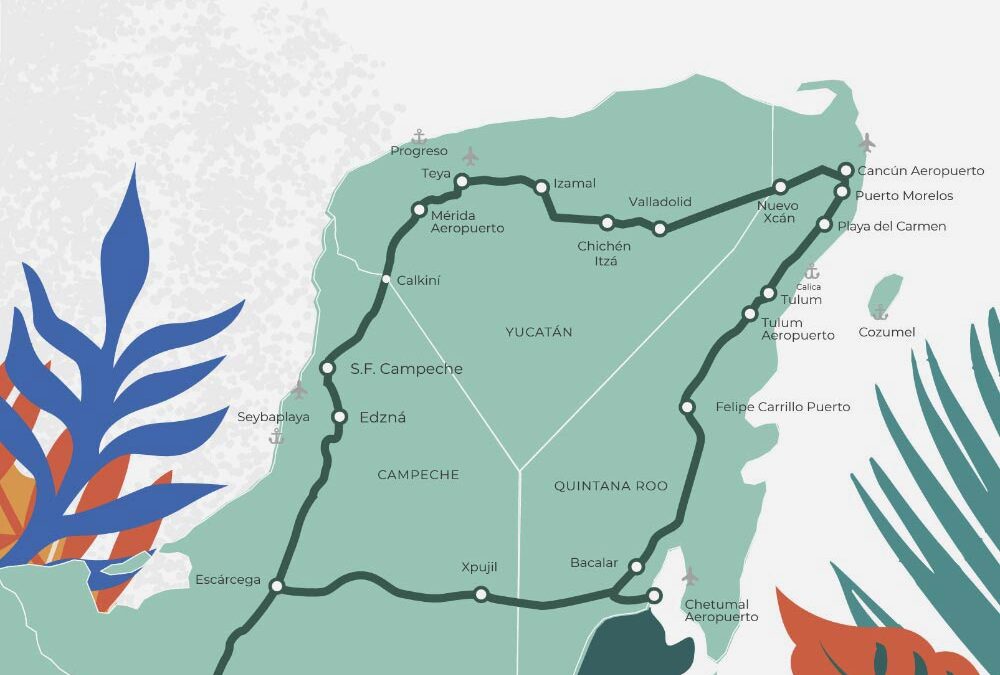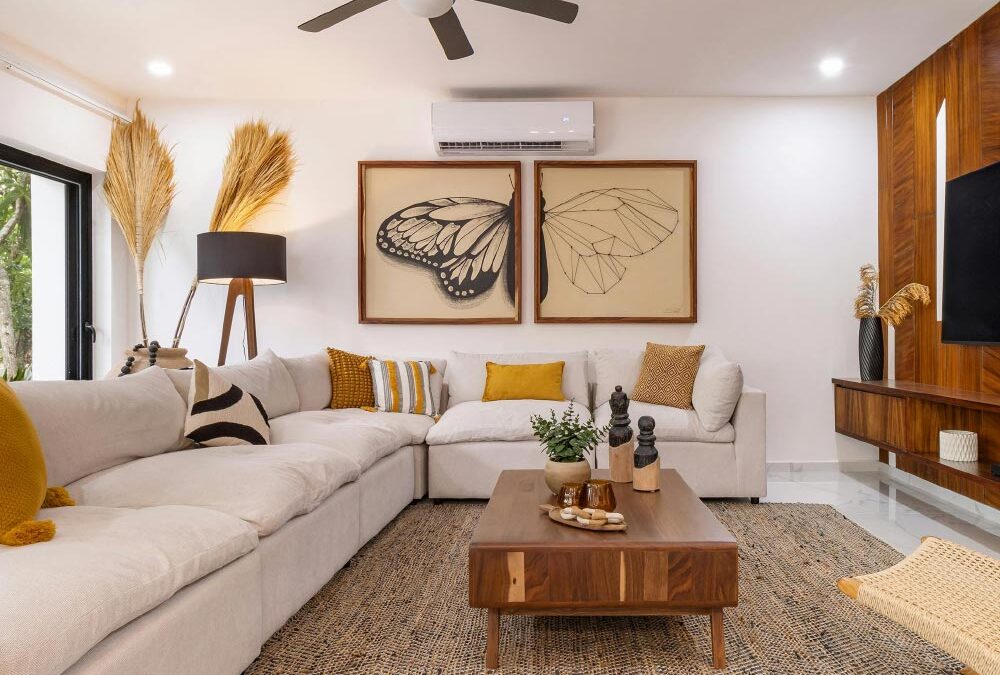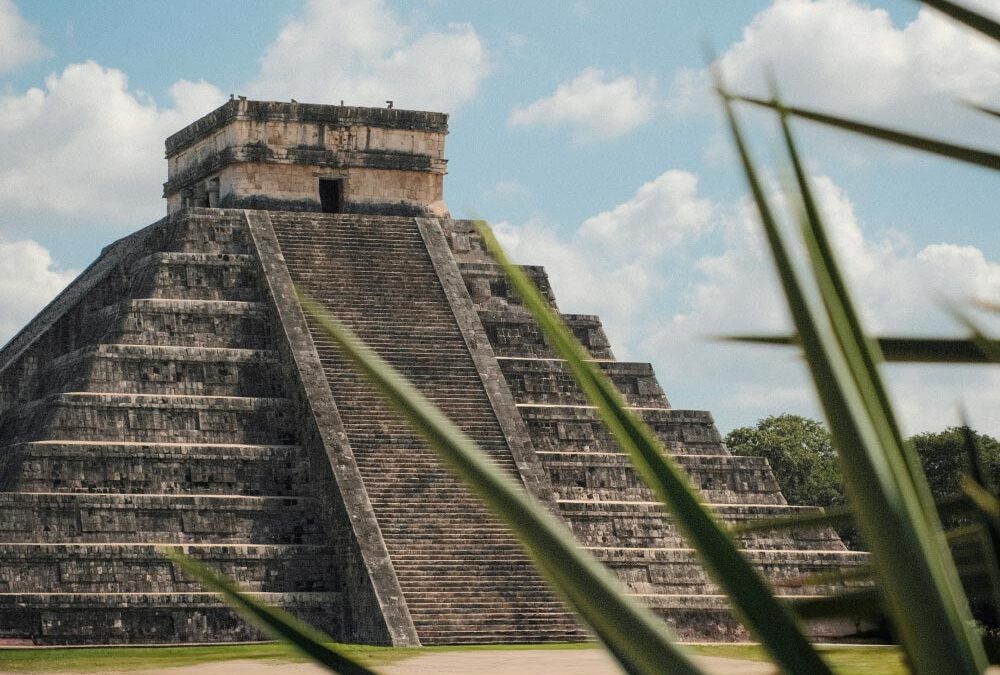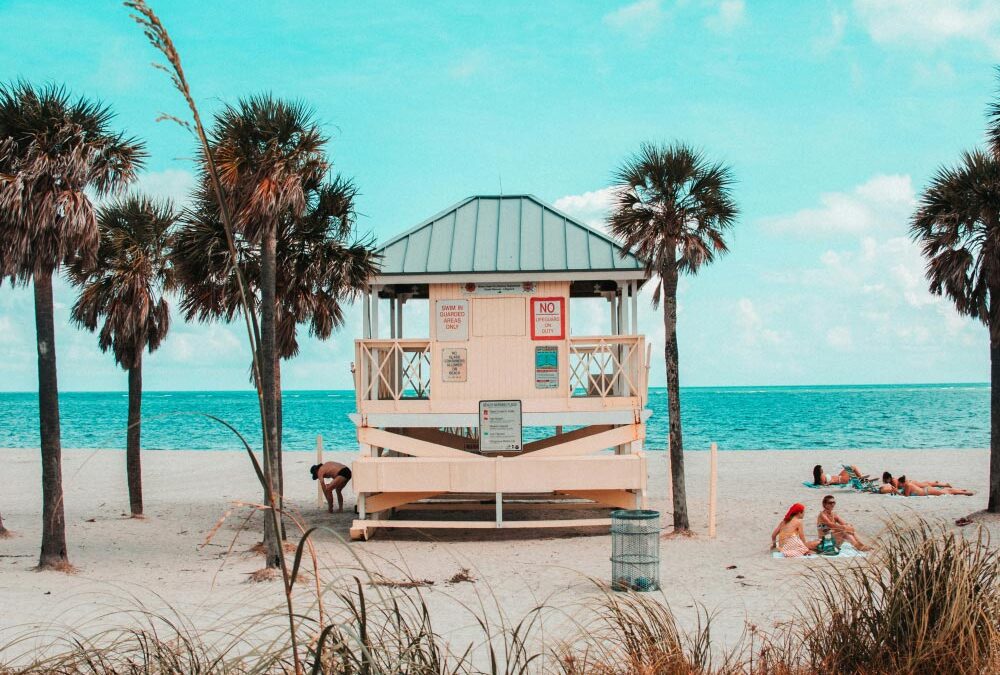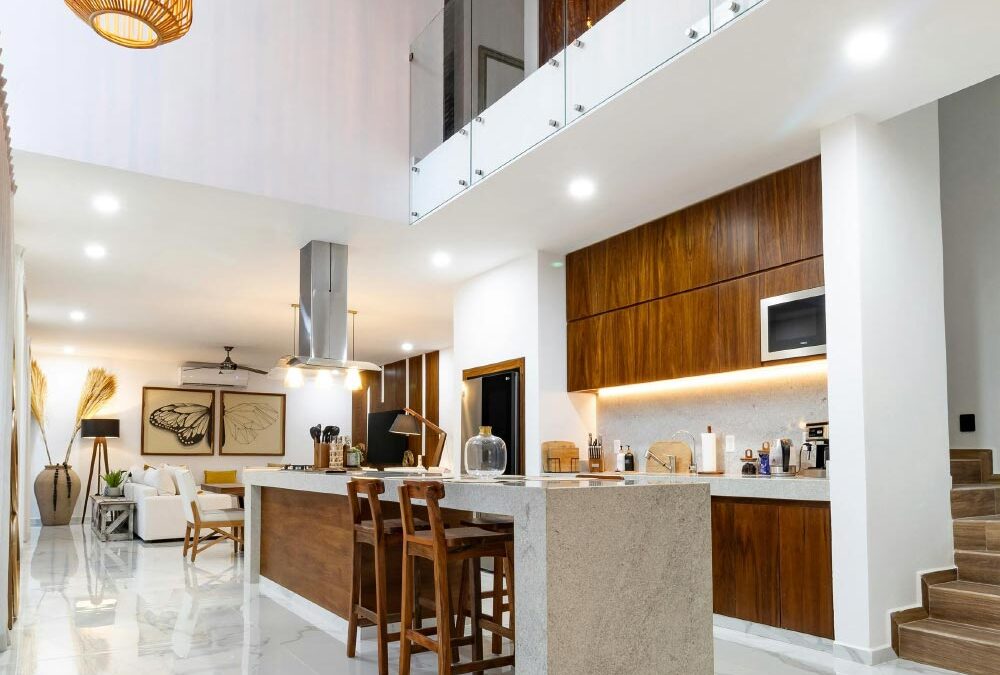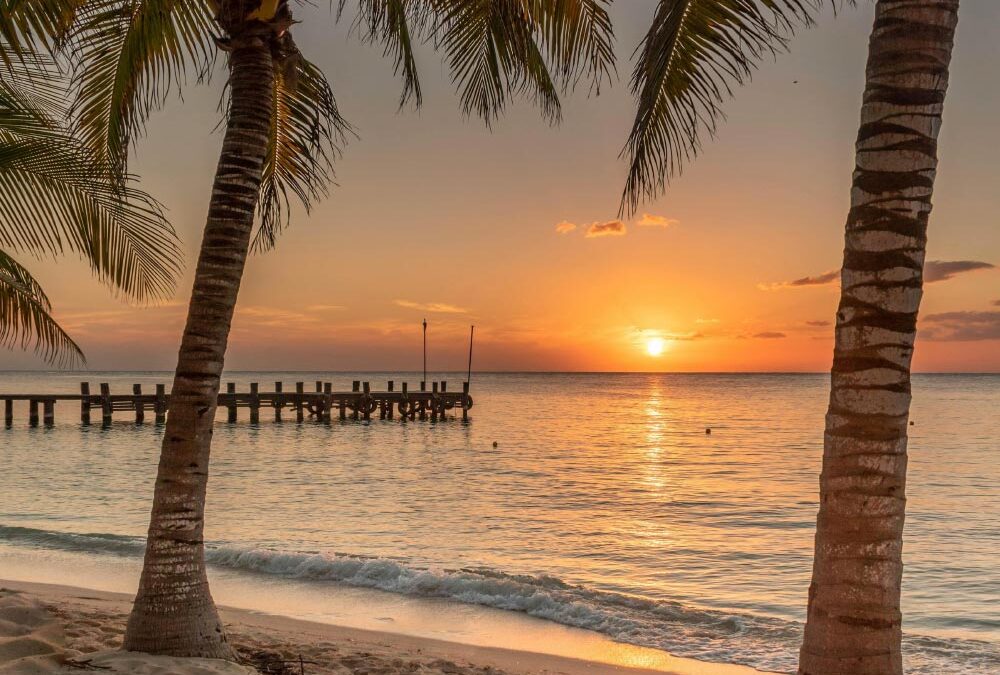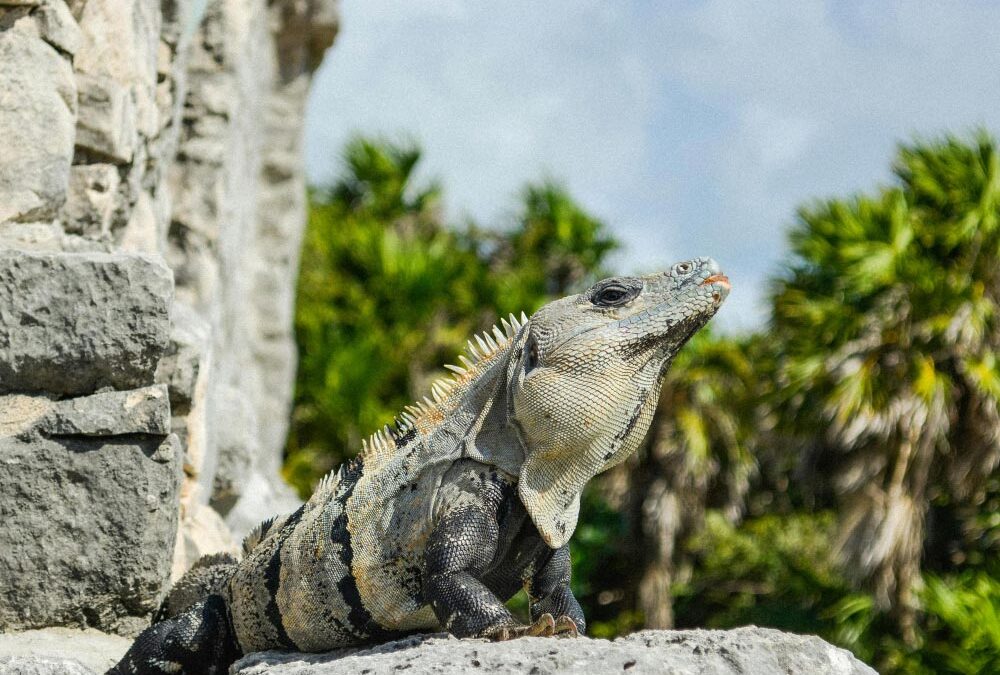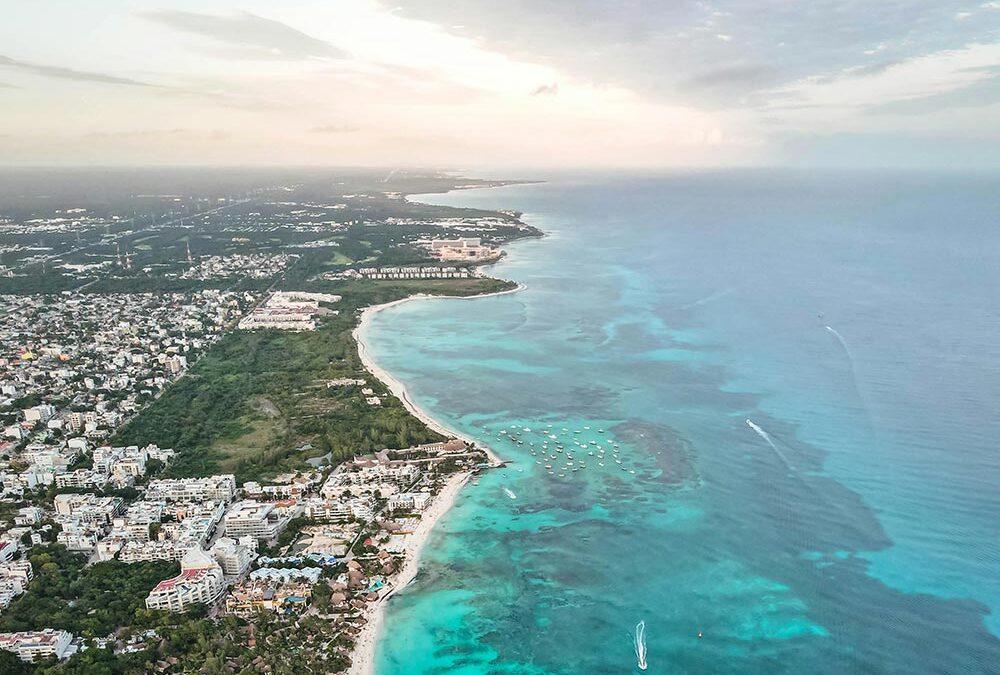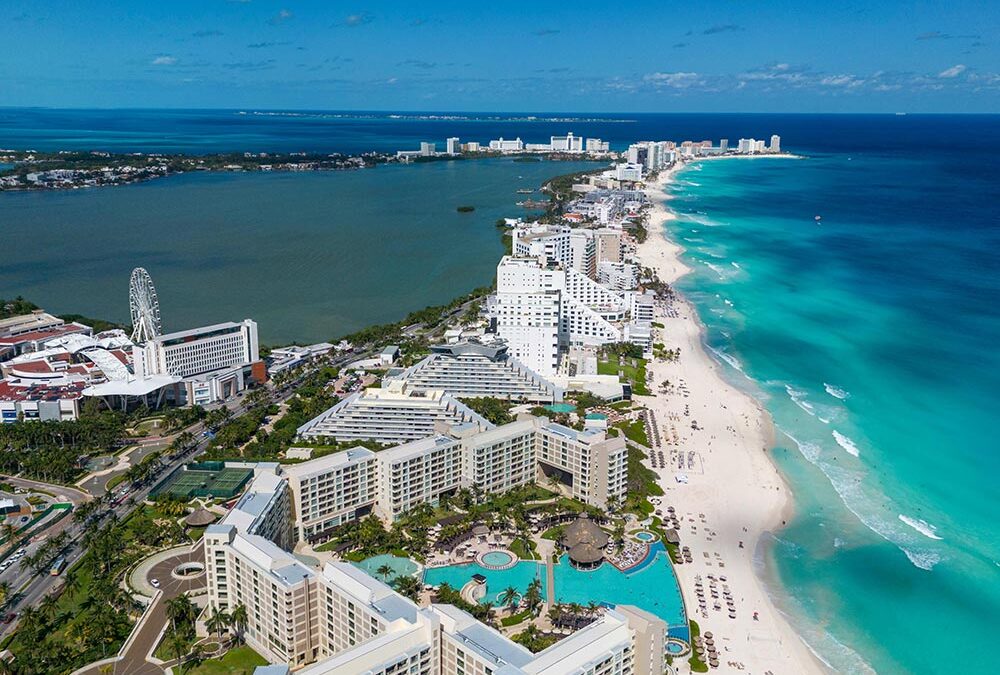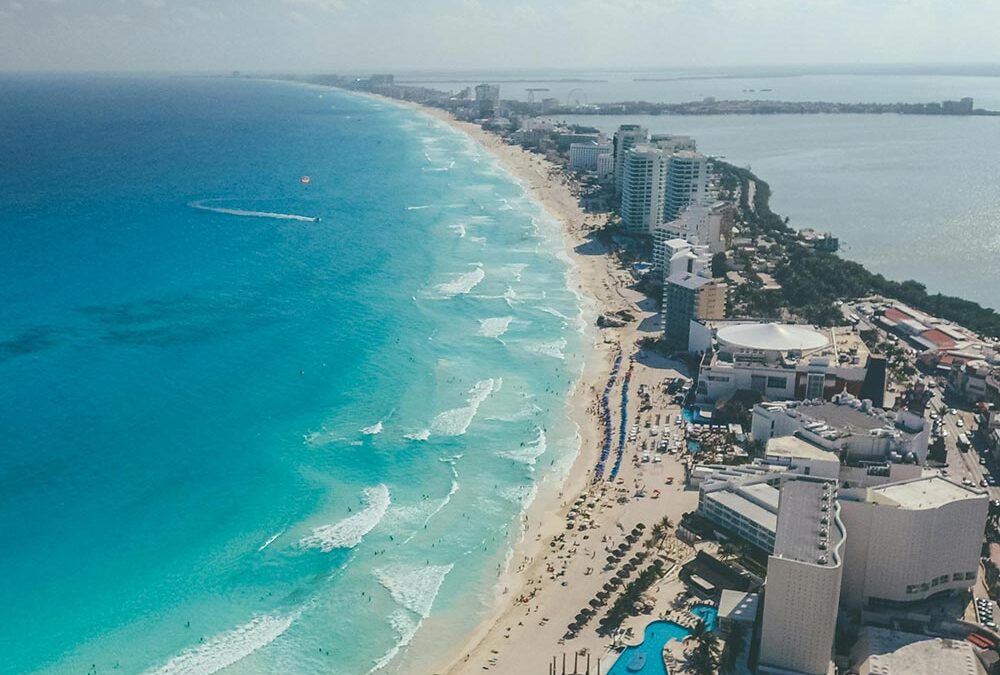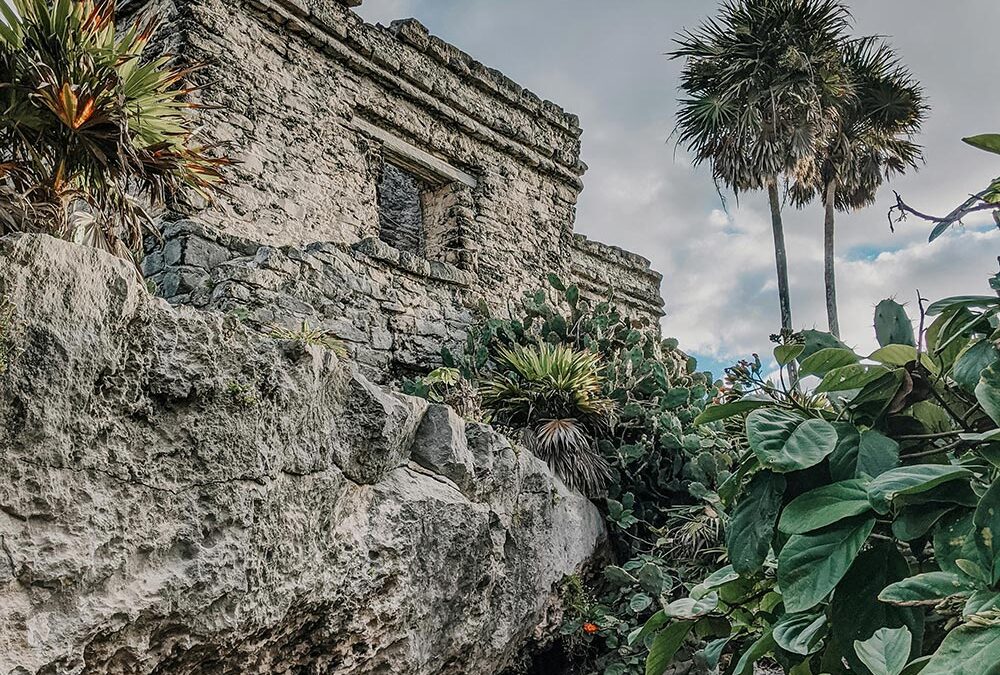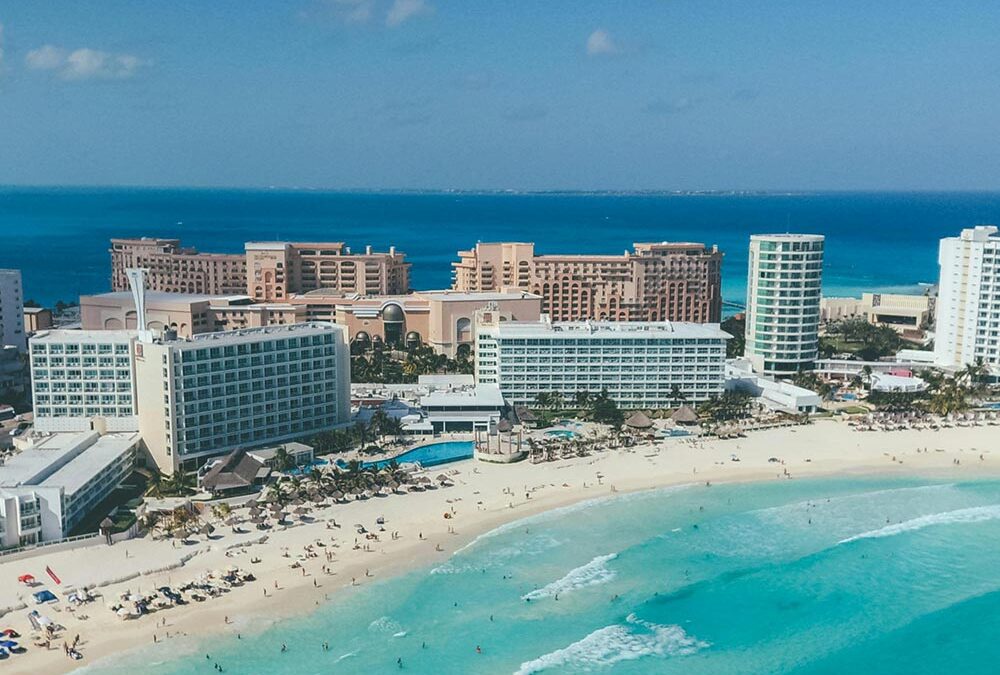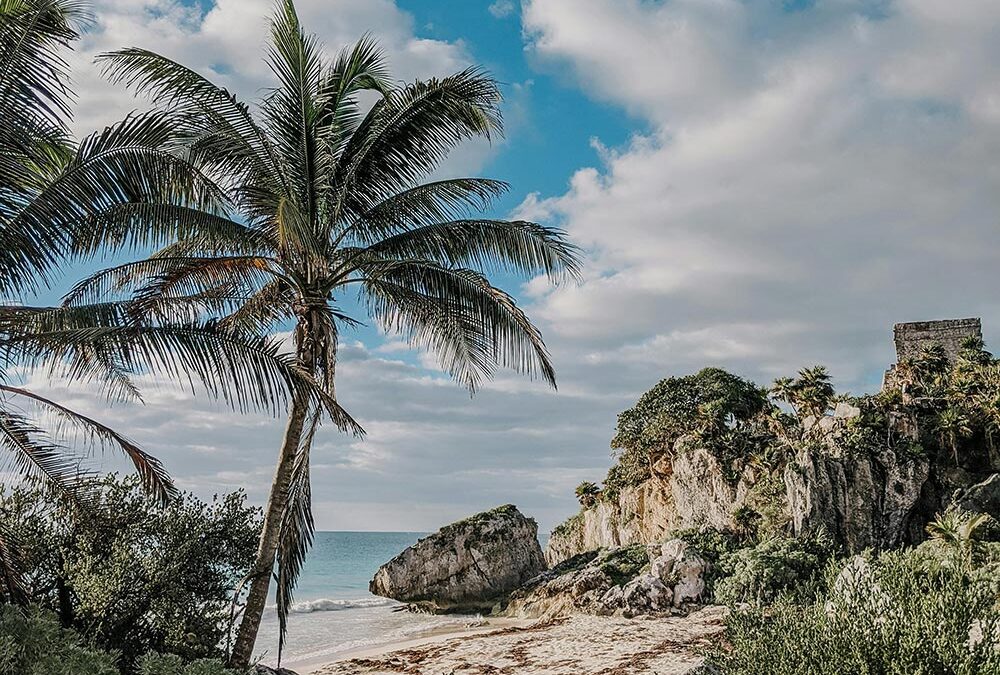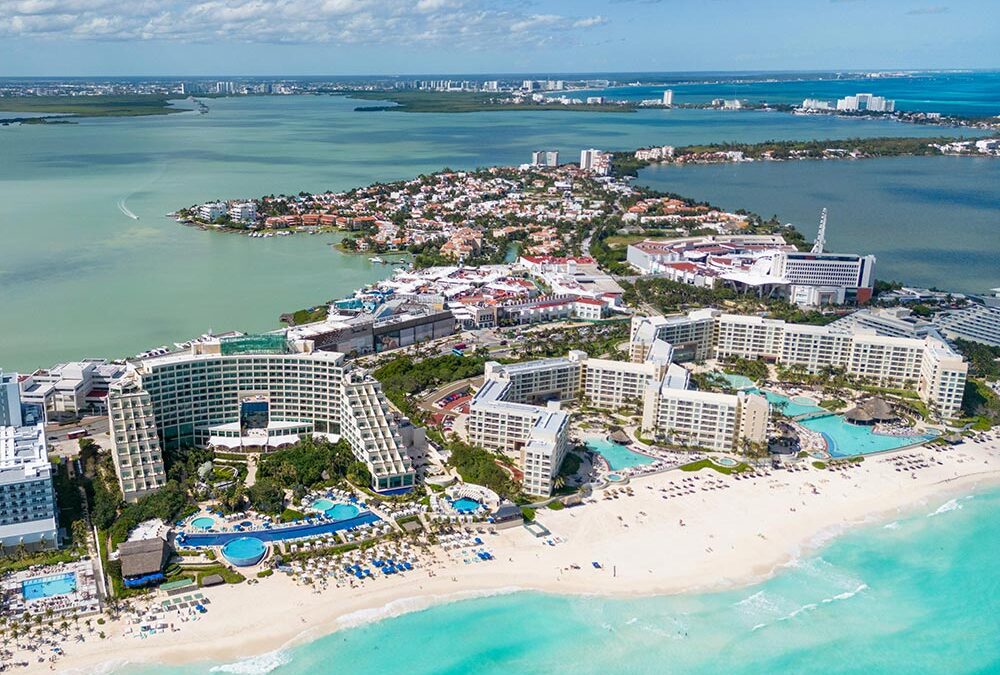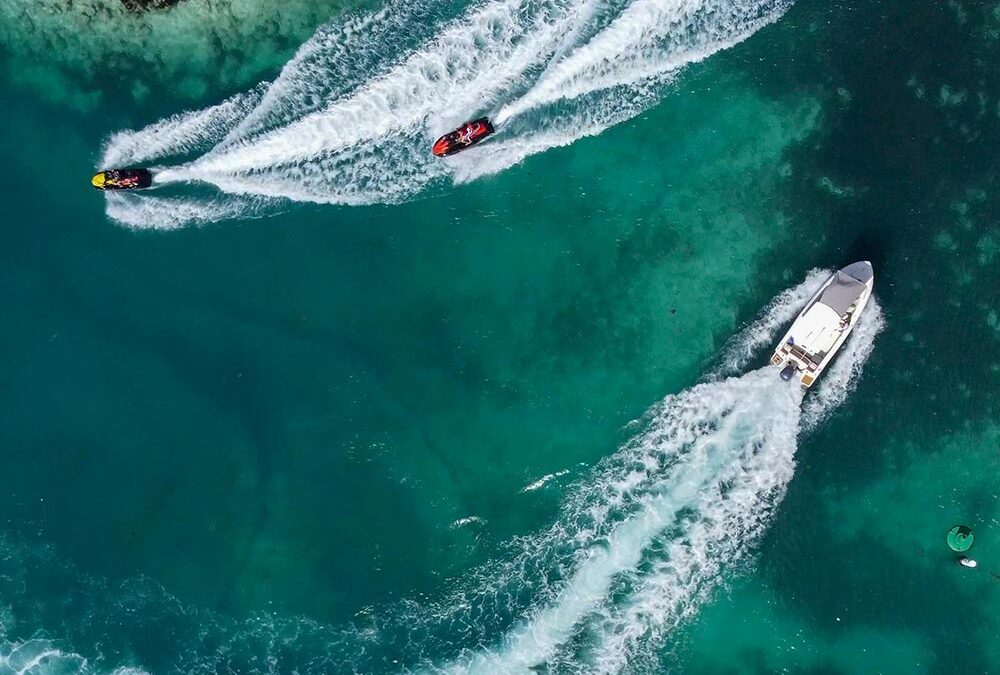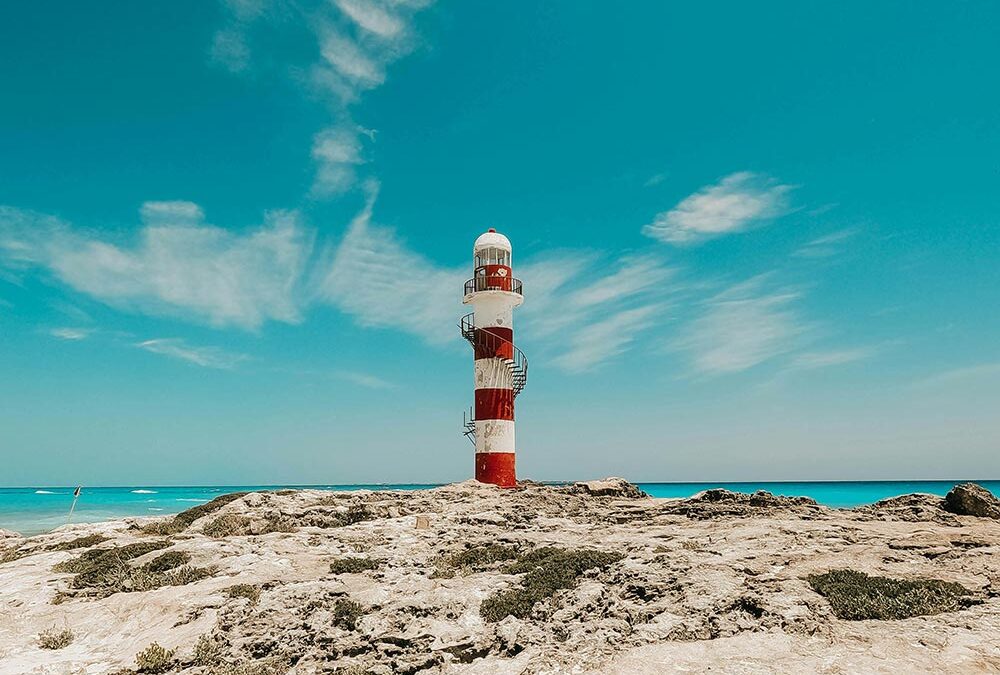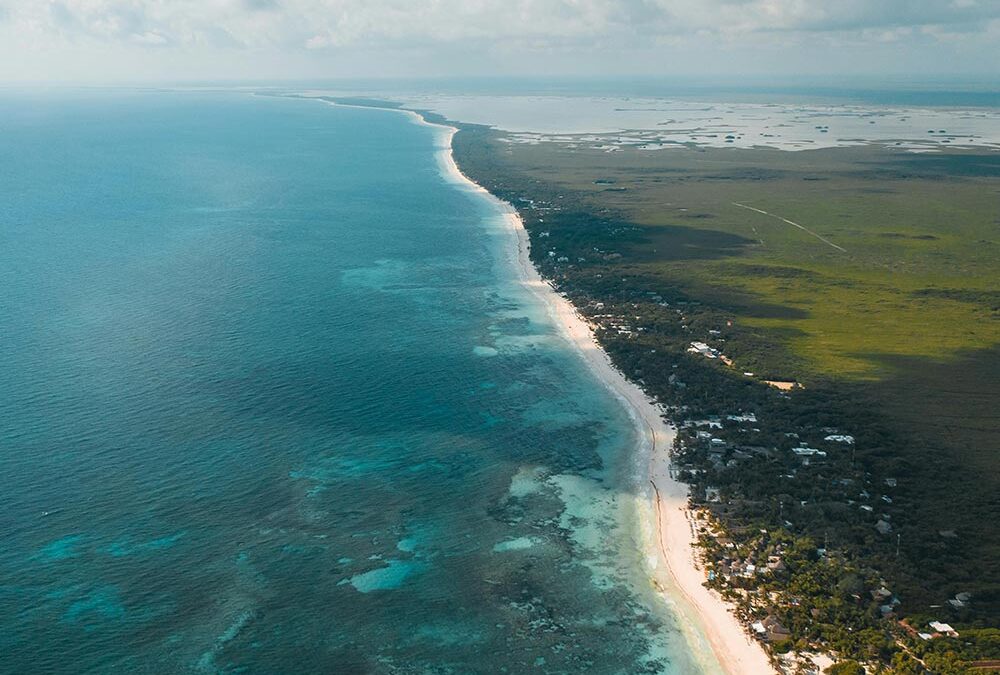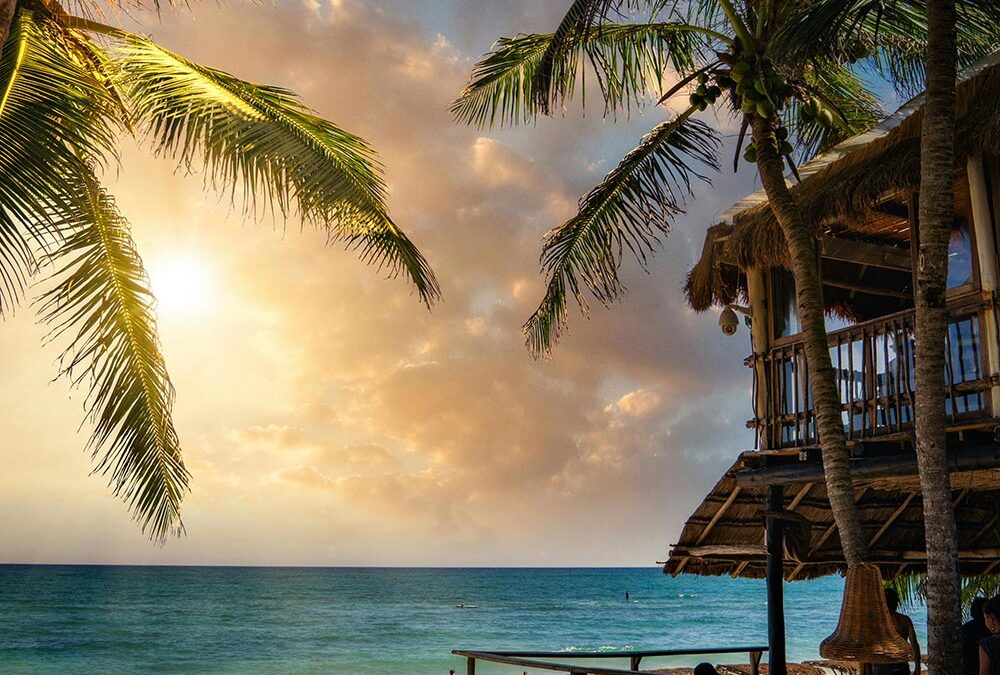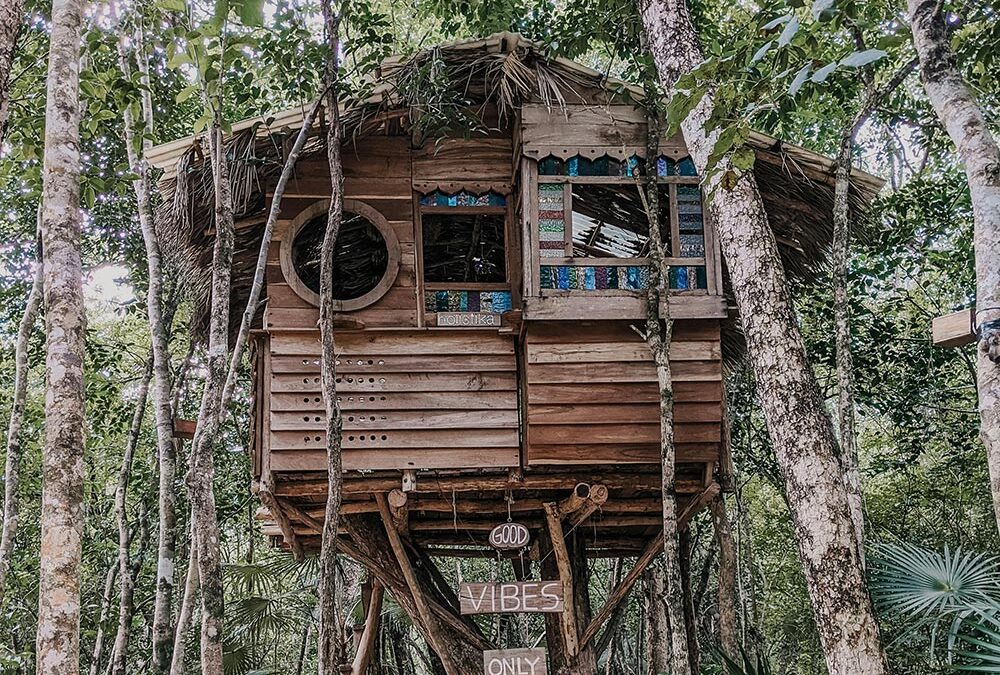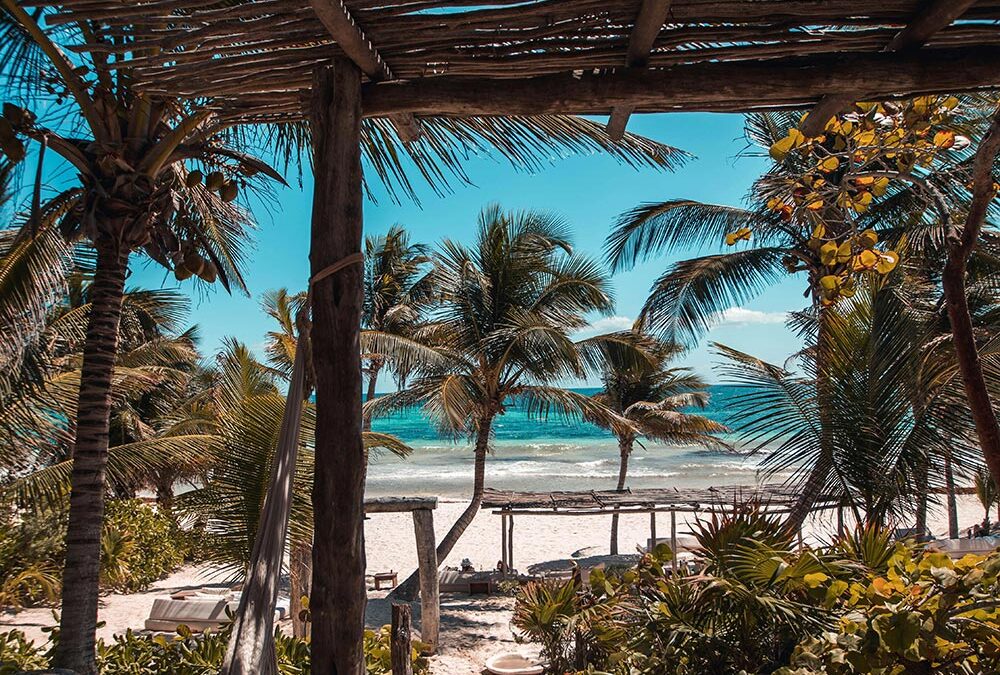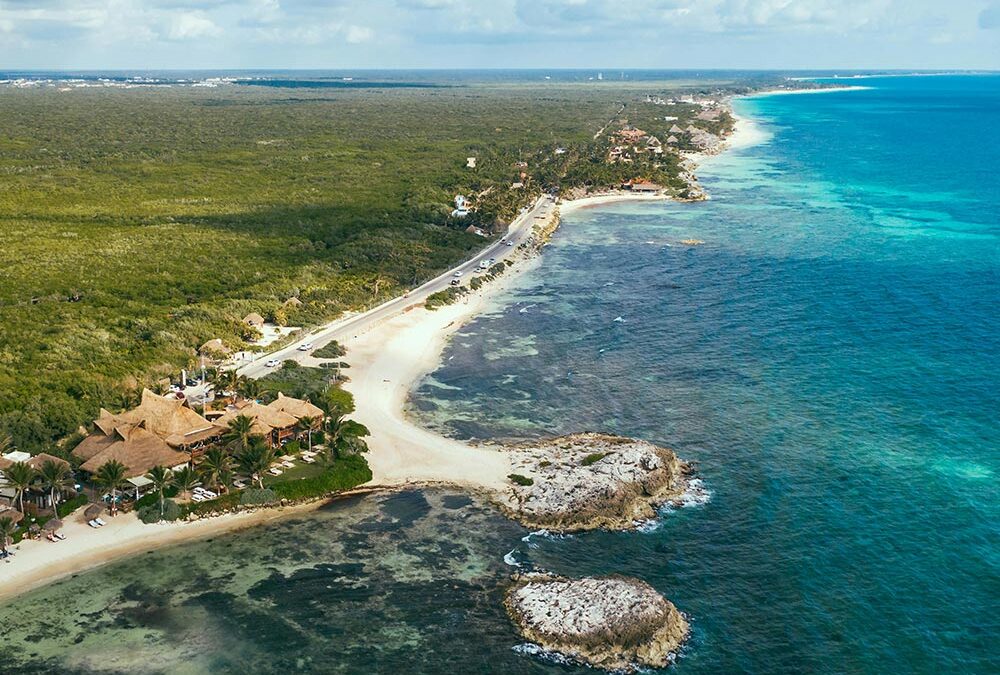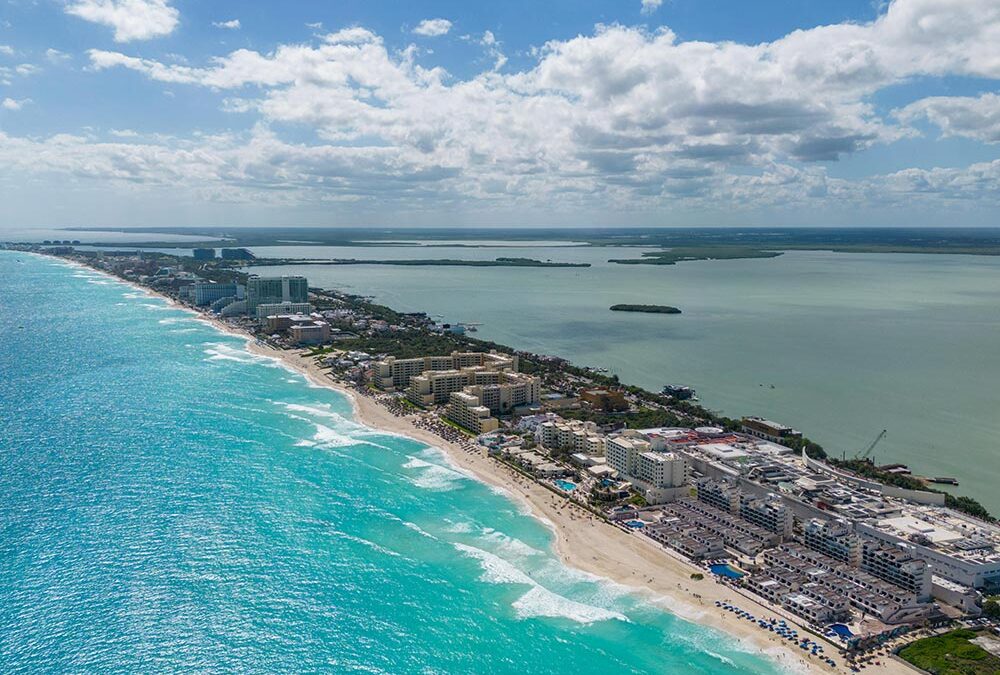The Riviera Maya, a jewel of the Mexican Caribbean, has become one of the most sought-after destinations for travelers worldwide. With its white sandy beaches, crystal-clear turquoise waters, ancient Mayan ruins, and a thriving nightlife, the region offers a perfect mix of relaxation and adventure. This makes it a prime location for vacation rental investments, especially with the growing trend of travelers preferring private accommodations over traditional hotels. The area’s accessibility from major international airports and its reputation for luxury tourism further amplify its potential as a hub for short-term rental success.
Scaling a vacation rental portfolio in Riviera Maya involves more than acquiring properties; it requires a strategic, well-researched approach to navigate the unique challenges of this market. From understanding the nuances of the local economy and tourist preferences to leveraging cutting-edge technology for management and marketing, this guide provides a comprehensive roadmap to create a thriving rental business. By following these steps, you’ll be equipped to achieve high occupancy rates, maximize ROI, and establish a sustainable and scalable business model.
Understanding the Riviera Maya Vacation Rental Market
Why Riviera Maya?
The Riviera Maya stands out as a vacation rental hotspot for numerous reasons. The region’s consistent year-round warm weather and diverse attractions cater to a wide range of traveler demographics, from honeymooners seeking luxury resorts to families exploring cultural sites. Over 20 million tourists visit Mexico’s Yucatán Peninsula annually, with Riviera Maya as one of the main draws. Playa del Carmen and Tulum are especially prominent, offering a balance between cultural immersion and modern amenities.
The area’s well-established infrastructure, including Cancun International Airport, which serves as a gateway to Riviera Maya, ensures a steady flow of visitors. Furthermore, tourism in Riviera Maya is resilient, bouncing back rapidly after global disruptions such as the COVID-19 pandemic. Investors in this market benefit from both short-term gains during peak seasons and long-term capital appreciation as the area continues to grow in popularity.
Key Market Insights
To succeed in this market, it’s critical to understand the expectations of your target audience. Luxury travelers, who make up a significant portion of the tourist base in Riviera Maya, often prioritize properties with upscale features like private pools, beach access, and modern interiors. At the same time, eco-conscious travelers are drawn to properties that emphasize sustainability, such as solar energy usage or locally sourced materials.
Seasonality plays a major role in Riviera Maya’s rental market. Peak seasons, such as December through April, coincide with higher rental rates and occupancy levels. However, savvy investors can use dynamic pricing strategies to optimize income during off-peak times by targeting digital nomads and long-term renters who prefer discounted rates.
Identifying the Right Properties
Choosing the Right Locations
Location is a crucial factor in determining a property’s success in Riviera Maya’s competitive market. Properties close to popular attractions, such as Tulum’s cenotes, Playa del Carmen’s Fifth Avenue, or Akumal’s turtle nesting beaches, tend to command higher nightly rates and better occupancy. Tulum appeals to affluent, eco-conscious tourists with a taste for luxury, while Playa del Carmen attracts visitors who enjoy a vibrant urban scene mixed with beach access. Akumal, on the other hand, offers a serene retreat for families and retirees.
When evaluating locations, consider proximity to amenities like grocery stores, restaurants, and transportation hubs. Properties within walking distance of beaches or with ocean views often command premium rates. However, they may also come with higher acquisition costs and stricter zoning regulations, which must be factored into your investment analysis.
Evaluating Property Potential
Once you’ve identified promising locations, it’s important to evaluate the specific properties. Key factors to assess include:
- Condition of the Property: Look for properties requiring minimal renovations to avoid unexpected costs and delays in listing them for rent.
- Unique Selling Points: Properties with standout features like rooftop terraces, infinity pools, or eco-friendly designs tend to outperform generic listings in terms of bookings and reviews.
- Rental Income vs. Expenses: Perform a detailed analysis of potential revenue and operating costs. Use historical data from similar properties in the area as a benchmark to estimate occupancy rates and nightly rates.
Financing and Budgeting for Expansion
Securing Capital
Scaling your vacation rental portfolio requires a robust financial strategy. Traditional bank loans are a common option, particularly if you have a strong credit history and the ability to provide collateral. However, international buyers should consider mortgage products specifically designed for foreign investors, which may come with higher interest rates but fewer restrictions.
Private investors or joint ventures are another viable option for raising capital. Partnering with individuals who have an interest in Riviera Maya’s rental market can provide access to larger funds while sharing the financial risks. Additionally, some developers offer pre-construction deals with favorable payment terms, allowing investors to enter the market at a lower upfront cost.
Budgeting for Success
A comprehensive budget is essential to avoid unexpected financial setbacks. In addition to acquisition costs, include:
- Maintenance: Regular upkeep is critical in Riviera Maya’s humid climate to prevent issues like mold or saltwater corrosion.
- Utilities: Properties with pools or large air-conditioned spaces often incur higher electricity and water costs.
- Insurance: Coverage for natural disasters such as hurricanes should be factored into your expenses.
Set aside 10-20% of your annual rental income for reinvestment in property improvements or expanding your portfolio.
Building a High-Performing Management System
Streamlining Operations
Managing multiple properties can quickly become overwhelming without the right tools. Property management systems (PMS) like Hostfully or Guesty can centralize bookings, automate communication with guests, and handle dynamic pricing adjustments based on demand. Automation minimizes human error and frees up your time for strategic planning.
Additionally, consider integrating smart home technologies, such as keyless entry and energy management systems. These not only enhance the guest experience but also reduce operational costs by controlling energy usage during unoccupied periods.
Hiring and Training Staff
As your portfolio grows, having a reliable team on the ground becomes essential. Invest in hiring local talent for cleaning, maintenance, and guest services. Offering competitive pay and training programs can help you retain skilled employees who understand the importance of maintaining high standards of service.
Consider partnering with a local property management company if you’re scaling rapidly and cannot manage all aspects of operations yourself. These firms often provide end-to-end services, from check-ins to repairs, ensuring seamless guest experiences.
Optimizing Marketing and Guest Experience
Effective Online Marketing
In Riviera Maya’s competitive vacation rental market, standing out online is crucial. Start by listing your properties on popular platforms such as Airbnb, Vrbo, and Booking.com, ensuring that each listing is optimized with professional-grade photography, compelling descriptions, and clear pricing. High-quality images showcasing unique features—like an ocean-view terrace or a private pool—can significantly increase click-through rates and bookings.
Expand your reach by creating a dedicated website for your portfolio. This provides a platform for direct bookings, saving on commission fees charged by third-party platforms. Use SEO strategies to target keywords like “luxury vacation rentals in Tulum” or “family-friendly villas in Playa del Carmen.” Complement your website with social media marketing on platforms like Instagram and Facebook, where you can showcase visually appealing content to engage your audience and attract potential guests.
Enhancing the Guest Experience
The guest experience can make or break your rental business. Positive reviews drive higher occupancy rates and justify premium pricing. Invest in thoughtful touches like welcome baskets with local snacks, detailed guides to nearby attractions, and 24/7 support for guest inquiries. Offering add-ons, such as private chef services, yoga classes, or guided tours, can help differentiate your properties and cater to the preferences of luxury travelers.
Ensure seamless check-in and check-out processes through keyless entry systems or concierge services. Additionally, maintain open communication with guests before, during, and after their stay to address concerns promptly and collect valuable feedback. Consider asking satisfied guests to leave reviews, as strong ratings improve visibility on booking platforms.
Legal and Regulatory Considerations
Understanding Local Laws
The Riviera Maya region, while highly attractive for investors, has its share of legal complexities. Mexican law requires short-term rental owners to obtain appropriate permits and comply with local zoning regulations. For example, some municipalities limit short-term rentals in residential zones, while others impose specific requirements for building safety and occupancy limits. Working with a local attorney or real estate consultant is highly recommended to ensure compliance.
Another critical aspect is taxation. As a property owner generating income in Mexico, you are required to pay both federal income tax and state-level lodging taxes. Depending on your country of residence, there may also be tax implications in your home country. A tax advisor familiar with cross-border investment is invaluable in navigating these requirements and optimizing your tax strategy.
Failure to comply with legal and tax regulations can result in hefty fines or operational disruptions, so diligence is key. Additionally, consider insuring your properties against risks specific to Riviera Maya, such as hurricanes or theft, to safeguard your investment.
Scaling Your Portfolio Sustainably
Expanding Smartly
Scaling a vacation rental portfolio involves a careful balance between growth and quality control. Rushing to acquire multiple properties without ensuring they are profitable and well-managed can jeopardize your reputation and financial stability. Start by reinvesting profits from your initial properties to finance new acquisitions, gradually expanding your portfolio.
Diversify within Riviera Maya to mitigate risks associated with specific locations. For instance, adding properties in both Tulum and Playa del Carmen can help you capture different traveler segments. Consider investing in different property types, such as beachfront condos and inland eco-villas, to appeal to various traveler preferences.
Building a Brand
A strong brand identity can set your portfolio apart from the competition and foster customer loyalty. Develop a consistent design aesthetic for your properties, whether it’s minimalist luxury or rustic eco-chic. Create a memorable name and logo that guests can associate with quality and reliability. Use branded toiletries, signage, and digital materials to reinforce your identity.
Additionally, invest in your online presence. Building a robust Instagram account showcasing the beauty of Riviera Maya, paired with testimonials from past guests, can position your brand as a go-to option for vacationers. Encourage repeat bookings by offering discounts or loyalty perks to returning guests.
Case Study: A Scaled Rental Success Story in Tulum
Jane Smith, a U.S.-based investor, began her journey in 2015 with a single two-bedroom villa in Tulum. She recognized the growing demand for eco-friendly accommodations and used locally sourced materials and solar panels to create an attractive, sustainable property. This decision aligned perfectly with Tulum’s branding as an eco-conscious destination and quickly gained her a loyal customer base.
Jane reinvested her rental income to purchase additional properties, focusing on small villas and boutique-style accommodations that catered to luxury travelers. By 2023, she had grown her portfolio to seven properties, achieving an average annual occupancy rate of 80% and generating a net ROI of 22%. Her success was driven by:
- Identifying market trends early, such as eco-conscious travel and wellness tourism.
- Partnering with a local management team to ensure exceptional guest experiences.
- Implementing dynamic pricing strategies to optimize income during off-peak seasons.
Conclusion
Building a vacation rental empire in Riviera Maya offers immense potential for financial success and personal satisfaction. By combining strategic property selection, efficient management, and innovative marketing, you can establish a scalable and profitable business in one of the world’s most popular travel destinations. However, this journey requires diligence, adaptability, and a commitment to quality. Stay informed about market trends, maintain compliance with local laws, and prioritize guest satisfaction to ensure long-term success.
Whether you’re just starting or looking to expand your existing portfolio, the Riviera Maya provides a fertile ground for building a vacation rental empire. With the right approach, this beautiful region can serve as both a lucrative investment and a personal paradise.
FAQs
How much should I invest to start a vacation rental in Riviera Maya?
Entry-level investments start around $200,000 for a small condo, with luxury villas exceeding $1 million. Ensure you budget for additional costs, such as renovations, taxes, and insurance, which can add 10-20% to your initial investment.
What are the key challenges of investing in Riviera Maya?
Challenges include navigating complex legal regulations, dealing with seasonality in demand, and managing operational costs in a humid, tropical climate. Partnering with local experts can help mitigate these challenges.
What types of properties perform best in this market?
Properties with unique features like ocean views, private pools, or eco-friendly designs tend to attract more bookings and higher rates. Location is also critical; properties near beaches or tourist attractions often outperform others.
How can I ensure compliance with local laws?
Hire a local attorney or property management company with expertise in short-term rentals. They can assist with obtaining permits, understanding zoning regulations, and managing tax obligations.
How do I maintain profitability during off-peak seasons?
Offer discounted rates and target long-term renters, such as digital nomads, during slower months. Use data-driven pricing tools to adjust rates dynamically and stay competitive year-round.
